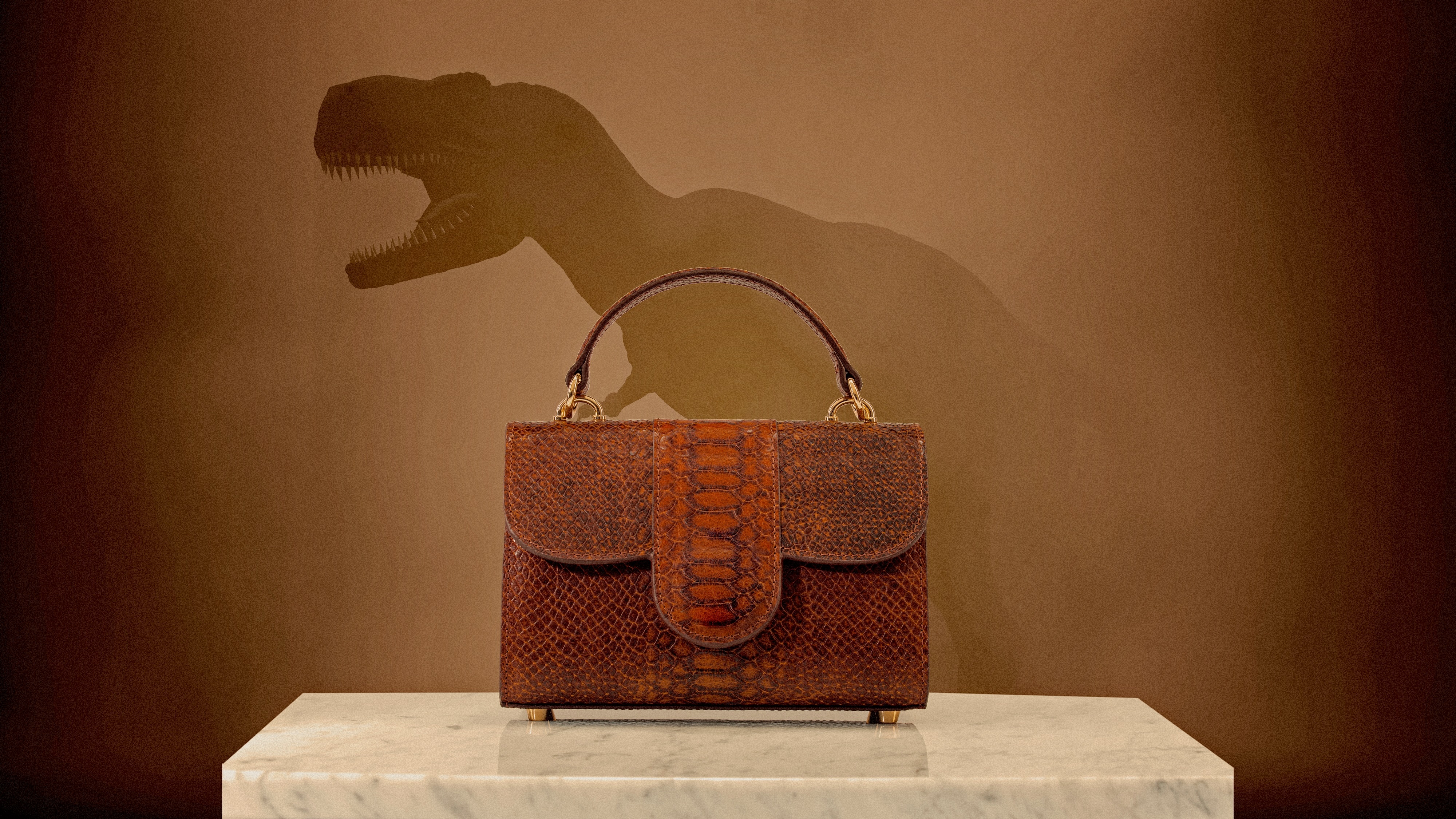The Hula-Hoop is one of the most famous toys in history, but the science behind it has gotten little attention. Some of us are master twirlers, while others can’t manage more than one spin. So how do Hula-Hoops keep from falling down as they are whirling, and why are some of us better at it than others?
Modern Hula-Hoops are plastic rings you twirl around your body by moving your hips. This swiveling motion is similar to that seen in the Hawaiian dance known as the hula (hence the name).
There is evidence of humans doing Hula-Hoop-like twirling “as far back as 500 B.C.,” said Olivia Pomerenk, a doctoral candidate in math at New York University. It shows up again and again “in a myriad of cultures as a form of recreation, religious ceremony, or exercise.”
Considering the activity’s long history, you might think it “has been studied to death at this point, but it actually has not,” Pomerenk told Live Science. Until recently, research into Hula-Hoop twirling was generally limited to two-dimensional models of a twirling hoop, “rather than the full 3D system,” she noted. As such, this prior work could not answer how Hula-Hoops can keep from falling.
In a 2024 study published in the journal PNAS, Pomerenk and colleagues decided to investigate this head-spinning question.
“Our lab tends to gravitate towards these quirky, seemingly simple systems,” Pomerenk said. “Many problems we study, when described, elicit the reaction, ‘Wait, how has no one solved that already?’ This Hula-Hoop problem is no different.”
Related: Can we stop time?
To shed light on the question, Pomerenk and her colleagues created miniature robot Hula-Hoopers. They 3D-printed plastic items that were about 6.7 inches (17 centimeters) tall and came in a variety of shapes, such as cylinders, cones and hourglasses. Then, they made the shapes gyrate with a motor to whirl around hoops about 6 inches (15 cm) wide and used computer software to analyze high-speed video recordings of the resulting movements.
The researchers found that stable twirling of the hoop around these robots was possible given a range of gyration motions or bodies. For stable twirling to occur, you must start off by throwing the hoop with a sufficient amount of speed in the same direction as your body’s gyration. After that point, centrifugal force and the friction from rolling can keep the hoop twirling stably.
However, keeping the hoop up against gravity for a significant amount of time is more difficult. Ideally, “the body must have ‘hips’ to provide the proper angle for pushing up the hoop, but also a ‘waist’ with curves to hold it in place,” said study senior author Leif Ristroph, an applied mathematician and experimental physicist at New York University.
These findings suggested that people with hourglass shapes may be natural hoopers. However, “we hope no one takes our results to mean that they cannot Hula-Hoop because of their body shape,” Ristroph told Live Science. “We think everyone can, and perhaps different shapes might take a little extra effort or a strategy different from what we investigated in our experiments.”
The findings not only help to explain a familiar but poorly understood activity but may also point to a variety of applications involving “transforming one type of motion to another, or suspending and positioning objects without the need to grip or grasp them,” Ristroph said.
For instance, with just a slight twitch of their body, a good Hula-Hoop twirler can send a hoop flying around in big orbits, Ristroph noted. This could inspire novel ways of “harvesting or recovering energy from vibrations,” he explained.
Another possible application might involve controlling objects without actually holding them, Pomerenk said. For instance, the study presented a relatively simple way to control the vertical position of a twirling hoop along a body without grasping it.
“If you can hoist something up or move something down in a controlled manner without ever actually holding it in a traditional sense, this could be useful in robotic gripping — for example, holding one or several items, or even perhaps in efficiently transporting items vertically in a factory or construction setting,” Pomerenk said.













